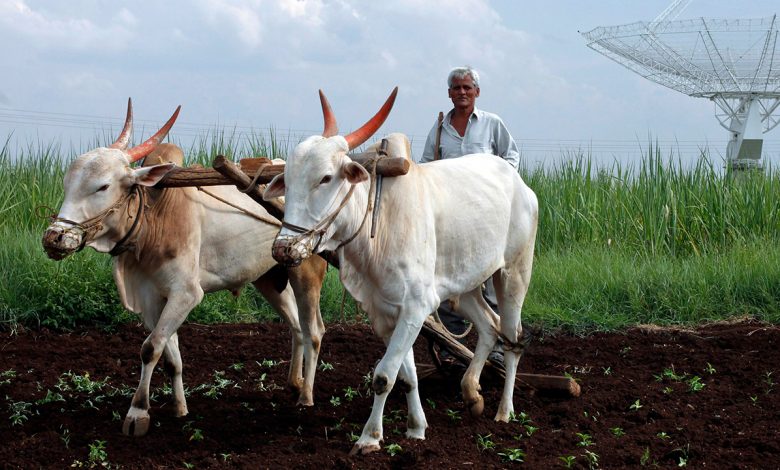
Context– In the past two years, India’s agriculture industry has grown rapidly.
India’s agricultural exports are anticipated to record a new high during the fiscal year that begins on March 31, 2023. However, the farm trade surplus is also being reduced by imports.
Key Highlights
- The FAO list topped at 159.7 places in Walk 2022, soon after the Russian intrusion of Ukraine. Since then, it has decreased monthly, with the most recent reading of 131.2 points in January 2023 being the lowest since September 2021’s reading of 129.2 points.
- The increase in imports ought to be cause for concern more than just a general slowdown in exports.
- Based on previous correlation, which indicates that exports were higher when the index was high and lower when it was low.
- The index has been falling lately, which may cause India’s farm exports to slow and imports to rise.
- If this is the case, policymakers may also need to shift their focus from being pro-consumer (by prohibiting or restricting exports) to being pro-producer (by providing tariff protection against unrestrained imports).
- Farm exports increased by 7.9% from the previous year to reach a value of USD 39 billion between April and December 2022.
- However, from April to December 2021, imports increased by 15.4% (USD 27.8 bn), reaching USD 24.1 bn.
- As a result, the farm trade account surplus has decreased even more.
- India’s expansion in agri-exports has been primarily supported by rice and sugar.
- Rice:
- Between the years 2021 and 2022, India exported a record-breaking 21.21 million metric tons (mt) of rice worth $9.66 billion US dollars.
- That included 17.26 tons of rice that wasn’t basmati and 3.95 tons of basmati rice.
- Sugar:
- Sugar exports increased from USD 2.79 billion in the previous fiscal year to a record USD 4.60 billion in 2021-2022.
- This fiscal year has seen an additional increase of 43.6%, going from USD 2.78 billion in April-December 2021 to USD 3.99 billion in April-December 2022.
- However, major exports such as buffalo meat, wheat, spices, and others have slowed or ceased entirely.
About vegetable oil imports:
-
- According to the Solvent Extractors’ Association of India, India imported 2.36 million tons of edible oil between November and December, an increase of 30.9%. to 3.08 million tons between November and December 2021. 13,13 million tons in 2022, an increase from 2020-21.
- Cotton:
-
-
- India is now a net importer rather than a net exporter of cotton.
- Exports decreased from USD 1.97 billion between April and December 2021 to USD 512.04 million between April and December 2022. Imports also increased during this time, going from USD 414.59 million to USD 1.32 billion.
-
- Cashew:
-
- Imports have increased by 64.6% to USD 1.64 billion from USD 996.49 million between April and December 2021, despite the fact that cashew product exports have decreased from USD 344.61 million to USD 259.71 million during the same time period.
How does the performance of India’s farms relate to global commodity prices?
- For the years 2014 to 2016, the FAO Food Price Index, which has a base value of 100, averaged 122.5 points in 2012-2013 and 119.1 points in 2013-2014.
- India’s agri-exports totaled between 42 and 43 billion USD at that time.
- Between 2015 and 2017, the index dropped to 90-95 points, resulting in a decline in exports of 33-34 billion USD.





.png)



